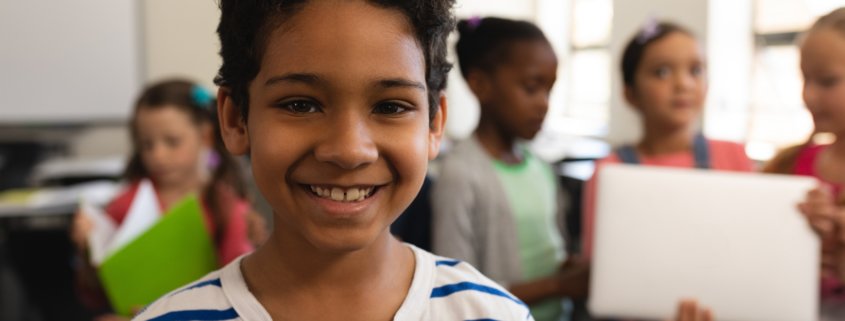Learning breaks
Our brain is always in one of two modes: either blooming or pruning. Blossoming means that synapses between nerve cells are formed and activated. Pruning means that these synapses are consolidated or clipped, in keeping with the oft-heard motto: “Use it or lose it.” Now, crucial for our purposes is that the pruning phase is critical if learning is to occur, because that is when learning progress is “pushed” into the brain. But for this to happen, a pause must first be taken – as long as impressions are still hitting the brain, it is automatically in blooming mode. The very big break that we regularly switch on is called sleep. It is therefore quite understandable that after a good portion of sleep we not only have the feeling of being rested, but that very often we also notice that “overnight” insights have been added. We should give our children this feeling of learning much more often during the school day. But because we don’t want them to sleep 3-4 times during the day, you can put them into a sleep-like mode: that of automated activities. When children do something for 5-15 minutes where they don’t have to think about anything (sketching, listening to music, simple movements), their brains fall into the mode of pruning – and thus begin to process those learning contents that previously provisionally entered the brain in the course of pruning. The result: the child learns! Even though, on the surface, it’s “just” taking a break.
Source: HfH Course Neuropsychology



